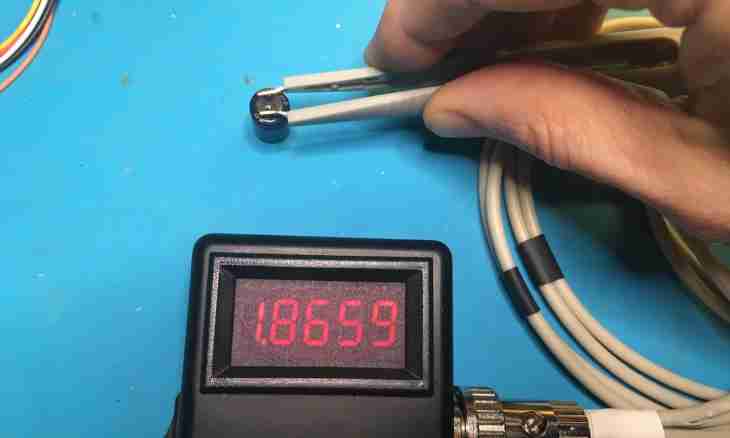At the solution of the tasks connected with measurement of volume the standard unit of measure of this size – cubic meter, as a rule, is used. In cubic meters consider volumes (cubic capacity) of rooms, a consumption of water and gas, amount of some building materials. As cubic meters – standard international physical unit (SI) of measurement of volume, usually transfer to them also other stand-alone units (liters, cubic centimeters and cubic decimeters)
It is required to you
- - table of density of substances;
- - calculator;
- - computer.
Instruction
1. If the volume of a physical body (a container, the room) is known, but is set in stand-alone units, just increase it by the corresponding coefficient. For example, to find cubic meters, knowing the number of liters or cubic decimeters, increase the number of liters by one thousand (or divide into one thousand).
2. If volume is set in centimeters cubic, then increase it by one million (0.000001). If volume is measured in millimeters cubic, then for transfer to cubic meters increase this number by one billion (0.000000001)
3. Example: to find the number of cubic meters of the household gas which is contained in a standard "propane" cylinder. Decision: the volume of a usual cylinder is 50 liters. Increase this number by 0.001 – receive 0.05 m³.Ответ: cylinder volume with gas – 0.05 cubic meters. Note. Gas is in a cylinder in a liquefied state and under big pressure therefore actually its volume is much more.
4. If body weight is known, then for finding of number of cubic meters increase weight by density. Weight has to be expressed in kilograms, and density in kg/m³. The result in this case will turn out in cubic meters. Density of substance can be found in the corresponding reference books or to measure independently. Consider that density of water equals 1000 kilograms on cubic meter. To approximately same value also density of many liquids used in practice equals.
5. In practice it is frequent the subject form helps to find the number of cubic meters (tanks, rooms). So, for example, if the body represents a rectangular parallelepiped (the standard room, a box, bar), then its volume will be equal to the work of length, width and height (thickness) of a subject.
6. If the basis of a subject has more irregular shape, but constant height, then increase the area of the basis by height. So, for example, for a cylinder the area of the basis will equal "пи" Ayr a square (πr²) where r is the radius of the circle lying in the basis.

